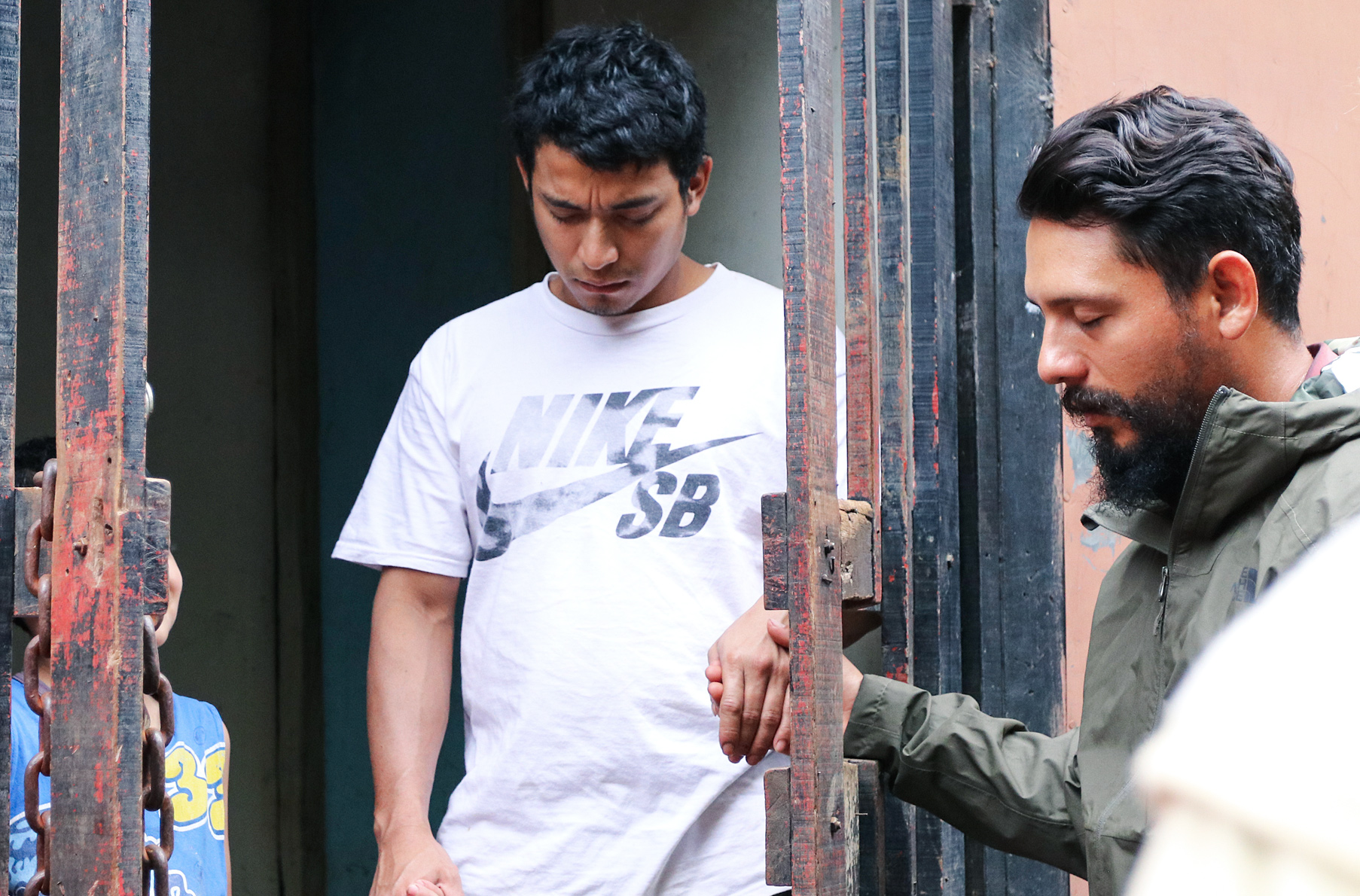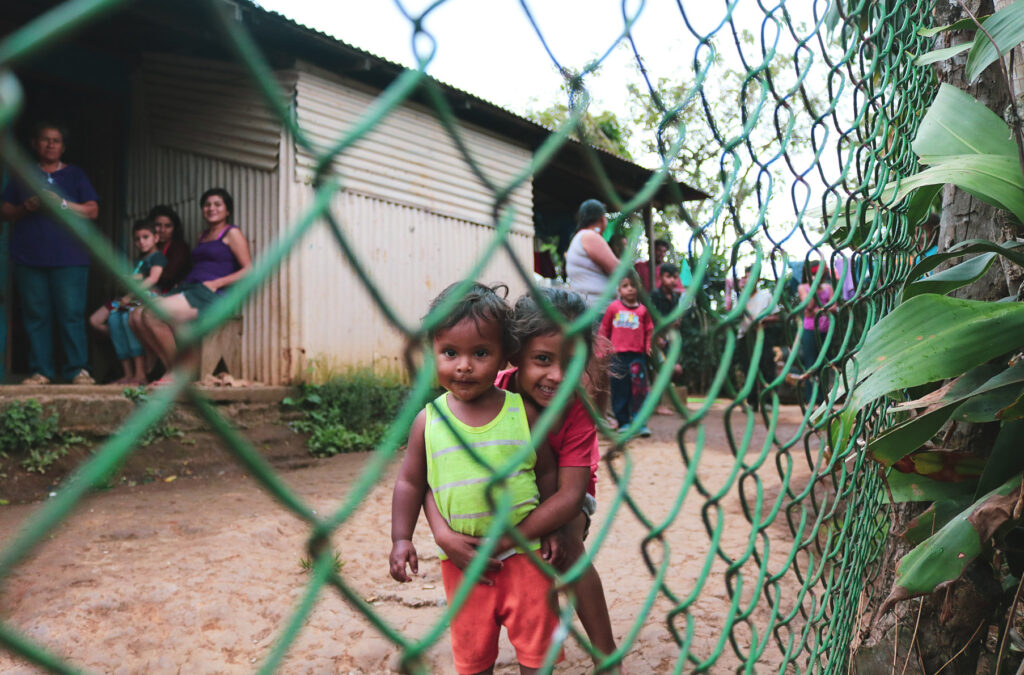Our visits to Rice and Beans Ministries reveal hardships and hope.
“Pat, I would like to solve the puzzle.” For many of us, this phrase can often be associated with trips to exotic locations like Costa Rica. We can tend to view the region in America as a trophy, a reward for achievements, holidays, weddings, or even a bucket-list stop. For those with the time and means to fly into Costa Rica, absorb its beauty, and be airborne again within days, it is easy to forget there is an interior that can look different than its exterior. It’s a struggle many “destination” regions of the world with visually stunning backdrops battle; the commercialization of its landscapes and people often overlook what everyday life is like for many of its residents.
A frequent perk is an all-inclusive experience filled with many activities and indulgences. That’s where the understanding can fall short if your goal is to truly see all the aspects of a region: its terrain, people, offerings, struggles, and triumphs. Beyond the coastlines and Five Star Hotels, some of Costa Rica’s permanent residents live an all-inclusive experience of their own.
As of 2020, 30% of Costa Ricans lived at or below the poverty line, with 8.5% living in extreme poverty, meaning they earned less than what it takes to acquire essential food and items deemed necessary for survival. While these issues are not exclusive to Costa Rica, they present problems that need more remedies.
The bright side.
Fortunately, real people are working to make a dent in these very real problems. Our agency has made several visits over the past few years to Rice and Beans Ministries, an organization that aims to support underserved communities in Costa Rica and Brazil. Their simple but impactful model focuses on feeding families, educating children, and repairing homes. From a distance, our role has been rebranding the organization and building a visual system that can be carried consistently across multiple fundraising platforms. It has been the in-person visits, though, where we have genuinely understood RABMIN as a service and why it exists.

“The relationship is the path, the food is how we get there.”
– Fred Curry, Founder
While our core responsibility when on location with RABMIN is to capture the experience via video and photography, taking part in food distribution gives us the content of a lifetime. The organization is funded primarily through mission trips from churches and supporters around the United States. These groups arrive on a regimented schedule throughout the year, living and working together over two weeks. The volunteers distribute staples like rice, cornmeal, and powdered milk. Tangibly, the food itself temporarily fills a constant void, extending mere days of food stability into weeks. Emotionally, the connection between the residents and missionaries provides stability that lasts much longer. Although there is a language barrier, no interpretation is needed to see how much these visits mean to a parent struggling to provide for their children.
Door to Door.
Putting a hand on shoulders in need and lowering heads in prayer is standard after a bag of food is put into someone’s hands. Those short minutes, exchanging goods for gratitude, inspire us as in-the-moment recorders. If the hope these visits provide were the only service RABMIN provided, the organization would be a rare resource in a region with abundant natural beauty. However, the food serves a dual purpose as fuel for a much-needed education and a reason to connect under patchwork roofs, often in disrepair.
Rain water pours directly into an 8×8 room that may accommodate several children, floors are made up of more hard dirt than a clean surface, and plumbing and electricity are considered luxuries when functioning correctly. Volunteers and a few residents who are full-time RABMIN workers seek out properties that lack the most basic amenities and utilities. These same people pull double duty and hand out essential learning tools like paper, pencils, and workbooks from home to home. Direct visits to local schools provide children with interaction through song, scripted plays, art projects, and conversation. It is important to note why food and shelter are the core components of the mission. After all, how can we expect any child to learn to their fullest potential when hungry and lacking a safe environment to rest in?



Taking it all in.
We participate in the organization’s day-to-day activities, shake hands, take inventory of supplies, walk miles with food in hand, and even dine side by side with newfound friends. In the moment, I can’t help but focus on what our goal as an agency is in all this. Whether it’s a non-profit or a retail business, the task is still the same: evaluate why one group of people is important and how they provide value to another group of people, a simple concept in theory. While we may not be the intended recipients of that value, we have significantly benefited from these experiences. These opportunities for assessment, reflection, determination, and focus outside of the office make us incredibly more effective inside it.
We are proud of our work with RABMIN; however, we are far prouder of them as a dedicated and passionate collection of humans. In their own words, “Go live love.”
To learn more and support, visit rabmin.org →



